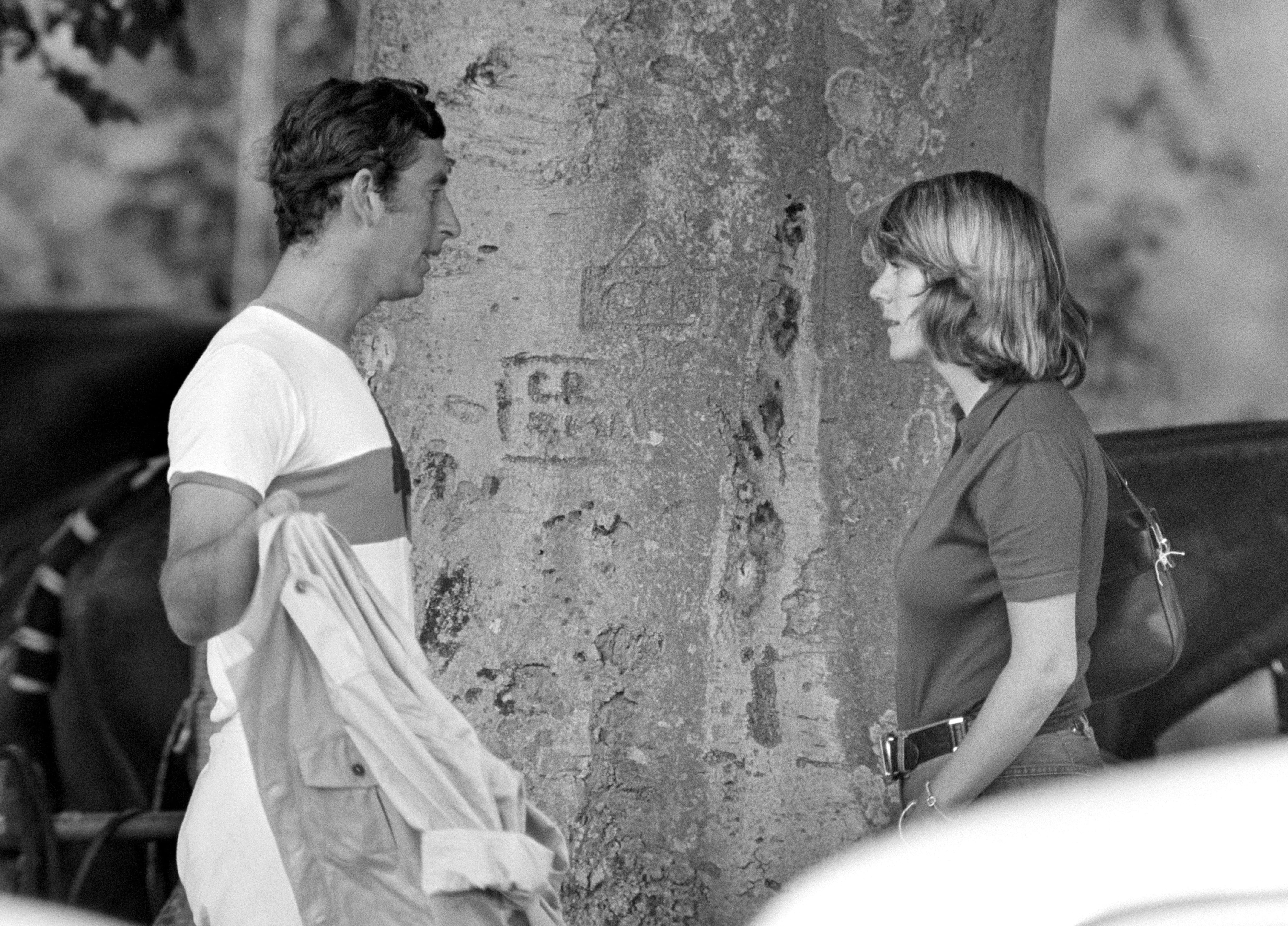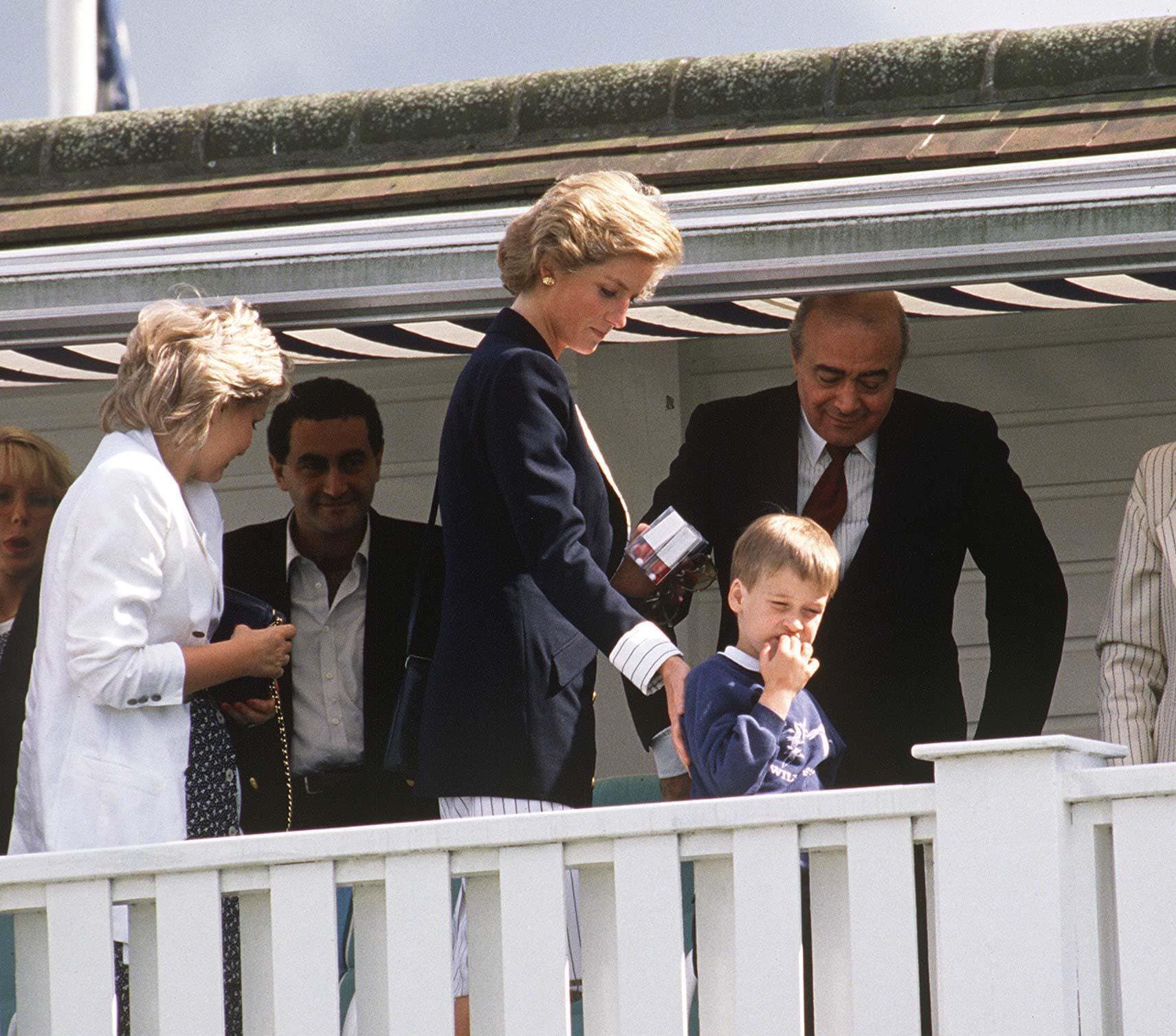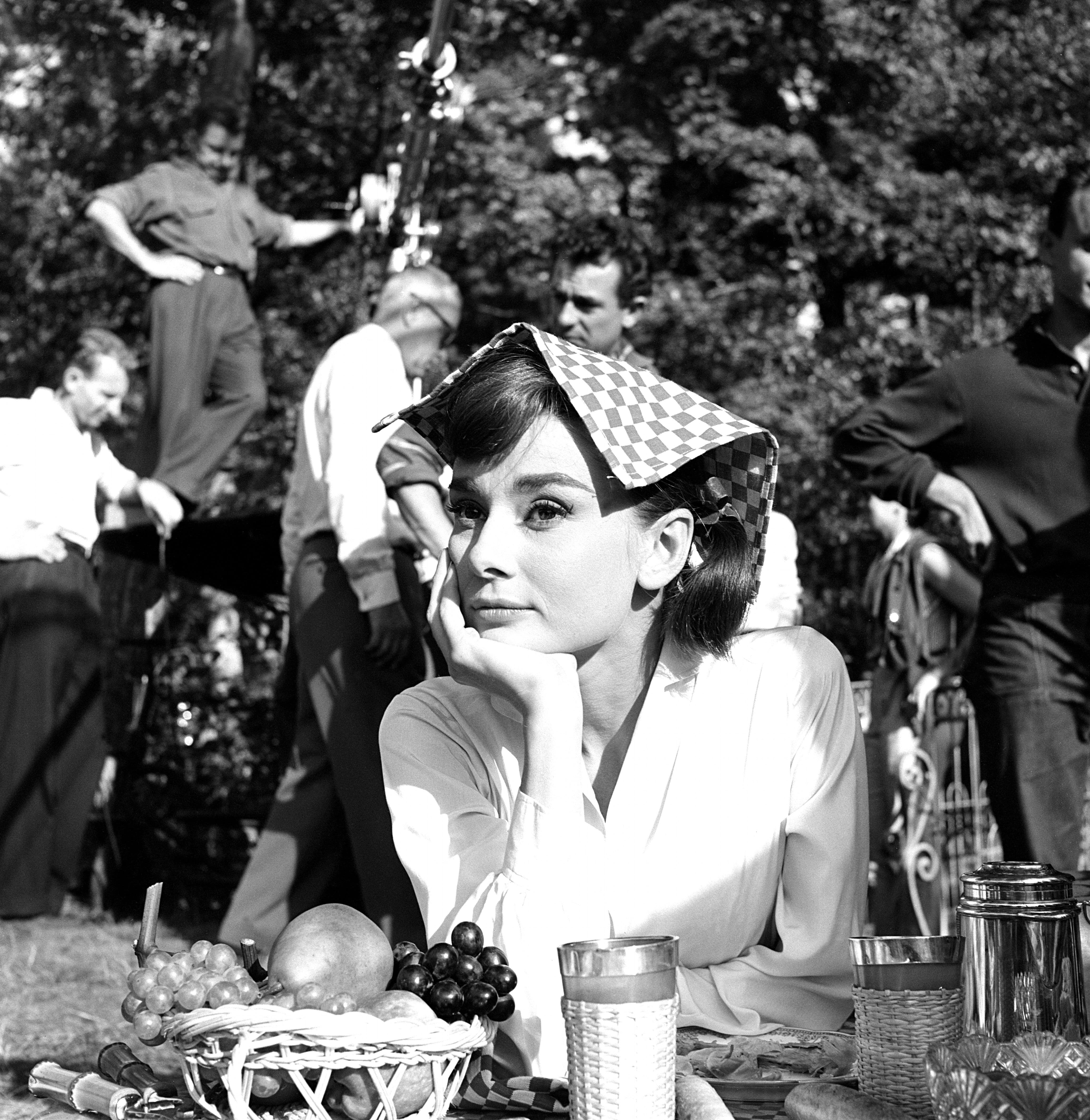International stock library Shutterstock has launched The Vault, one of the largest photo and video archives in the world. Over 50 million still and moving images, covering royals, film, music, sports, wars, politics, and celebrities, are physically housed in the Iron Mountain facility in London, and many have been digitised. Highlights include the historic Rex Features Collection, the Harry Myers Collection and much more. We met Greg Watts from The Vault to find out more about this massive image and video collection.

The Iron Mountain data centre where The Vault is housed
How many physical photos does The Vault currently hold?
We have multiple collections, some of which were catalogued long before databases existed, making it hard to gain an exact figure. We estimate there are 35-40 million photos in The Vault.
Can you give us a bit of background?
The Vault before it was known as such was actually known as Shutterstock archives. So the Shutterstock archive was moved to its own dedicated site in 2016. It has since rebranded as The Vault and in tandem with the rebrand the archive is opening up access to new undiscovered content.
What is the oldest image there?
It’s hard to say. Acquired by Shutterstock, the Rex Features library was founded in 1954, and as such, that’s when our earliest images are recorded. However, images were subsequently added to the collection. We have images that go back to the 1800’s, and the ITV collection goes back to the early 1900’s.
This is the real beauty of an archive like ours: there are always surprises. You may think you have the earliest picture, but another lies undiscovered.
What are some of the really famous images being held there?
Interestingly, there are two images that gained fame years after the event, and both were taken at Polo matches!
The first image is the most iconic one in the collection: Prince Charles and Camilla Parker Bowles taken in 1975 became the definitive image of the two of them together, and would be instantly recognisable to all. It’s the iconic “Charles and Camilla by the tree” picture.

Prince Charles talking to Camilla Parker Bowles at a Polo match, July 1975
The second is an image that shows Princess Diana and Dodi Al-Fayed in the same picture in 1988, around nine years before their relationship, which you can see below.

Photo by David Hartley/Shutterstock
Aside from those, there’s iconic images of Band Aid, particularly Freddie Mercury who stole the show, Michael Jackson on the set of Billie Jean, and all the Hollywood stars of yesteryear.

Eugene Adebari/Shutterstock
Our general collection has unforgettable images from conflicts and demonstrations; iconic photographer Dezo Hoffman’s collection contains many memorable pictures of 60’s music stars; and we also have fashion shows detailing the rise of the supermodel, with one image by Paul Massey being the definitive one of their era.
Versace was widely credited for “making” the supermodels of the 80s; he caused a sensation by agreeing to pay Cindy Crawford, Linda Evangelista, Naomi Campbell and Christy Turlington up to $30,000 each to appear in his shows, creating a new hierarchy in fashion. For his autumn/winter 1991 show in Milan, he sent all four of them onto the catwalk together, an image that has gone down in history as one of fashion’s most memorable moments.
The beauty of photography in the past was that it provided a glimpse into celebrities’ worlds, and you could catch them in truly candid moments, like Audrey Hepburn on the set of “Love in the Afternoon” goofing around with a napkin on her head.

Photo by George Konig/Shutterstock
How are the images organised?
We have multiple collections that are organised slightly differently. The Rex archive is organised alphabetically by genre so, ABBA to ZZ Top for the personalities, Abacus to Zulu for the general archive, and by seniority for the royal families.
We house the ITV collection as well, and given they have many regional archives, they are all filed somewhat differently. While challenging at first, the archivists have spent a great deal of time learning and cataloguing, making them an invaluable source of knowledge.
How many people work there and how has this been affected by the lockdown?
We have two dedicated archivists on site. COVID-19 disrupted our workflow; however, to ensure the safety of our archivists, we took the scanners from The Vault and installed them at the archivists’ homes.
Since March, they’ve been receiving periodical image supplies, including images to maintain our commitment to digital preservation.







